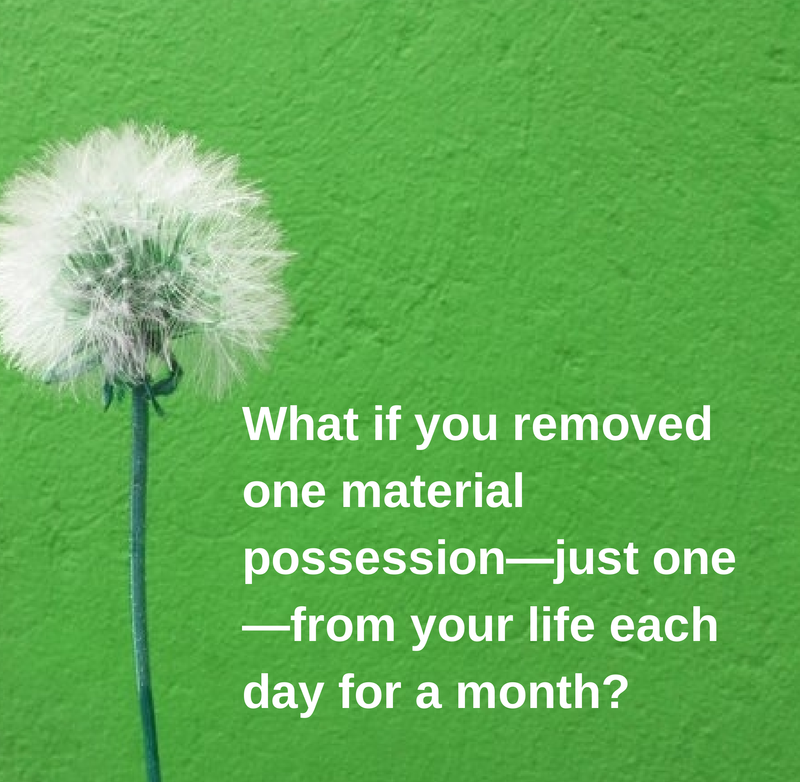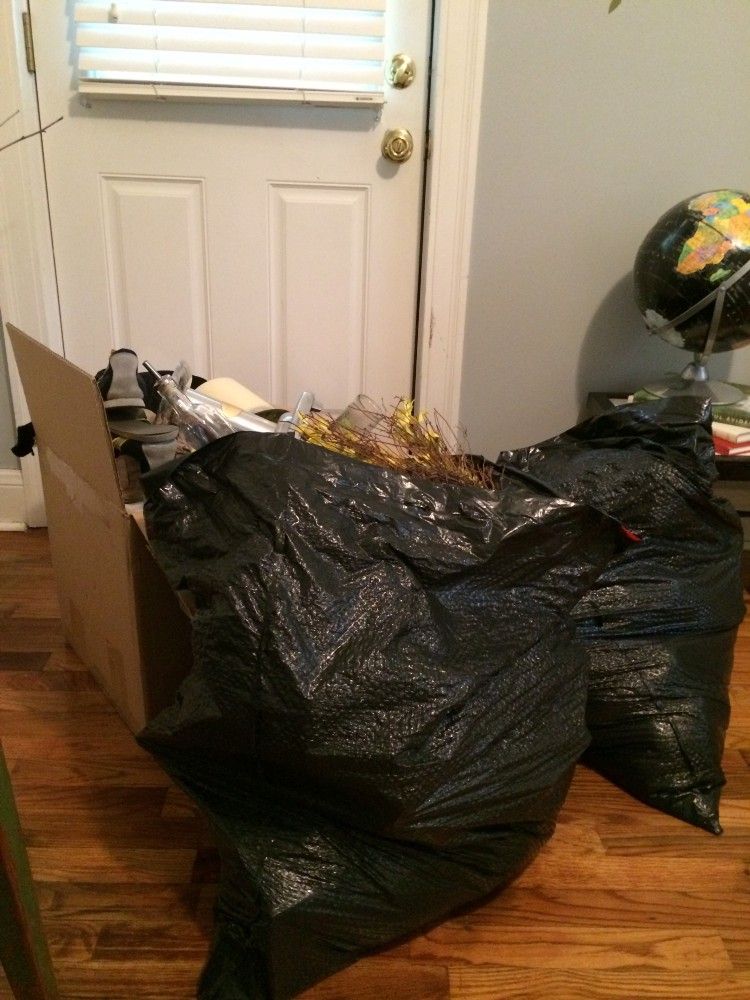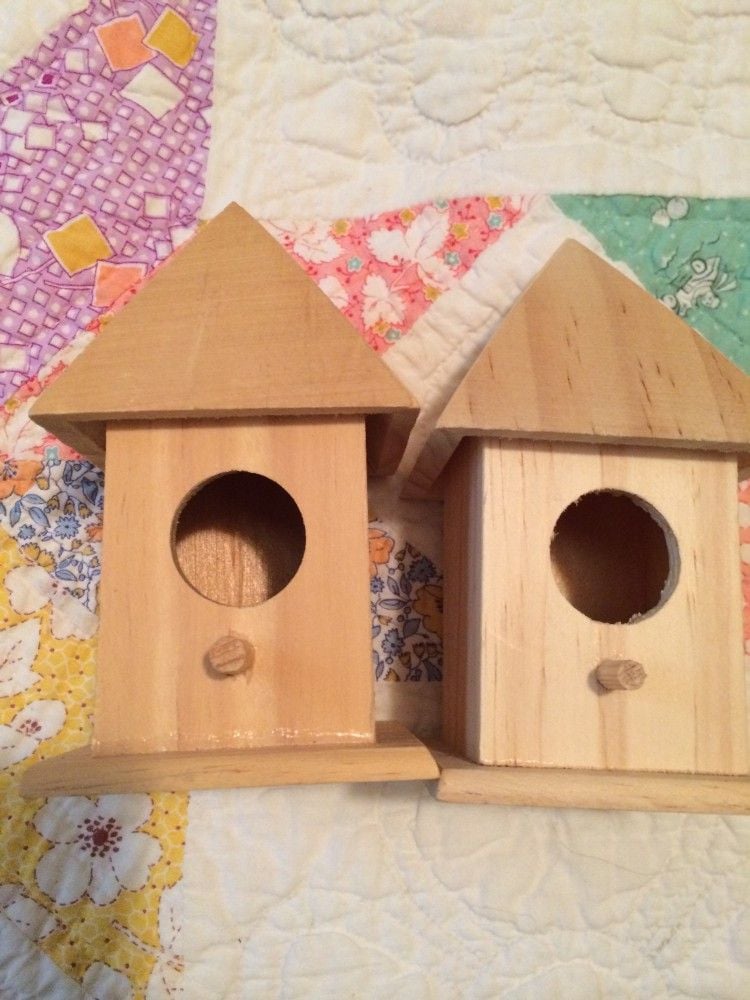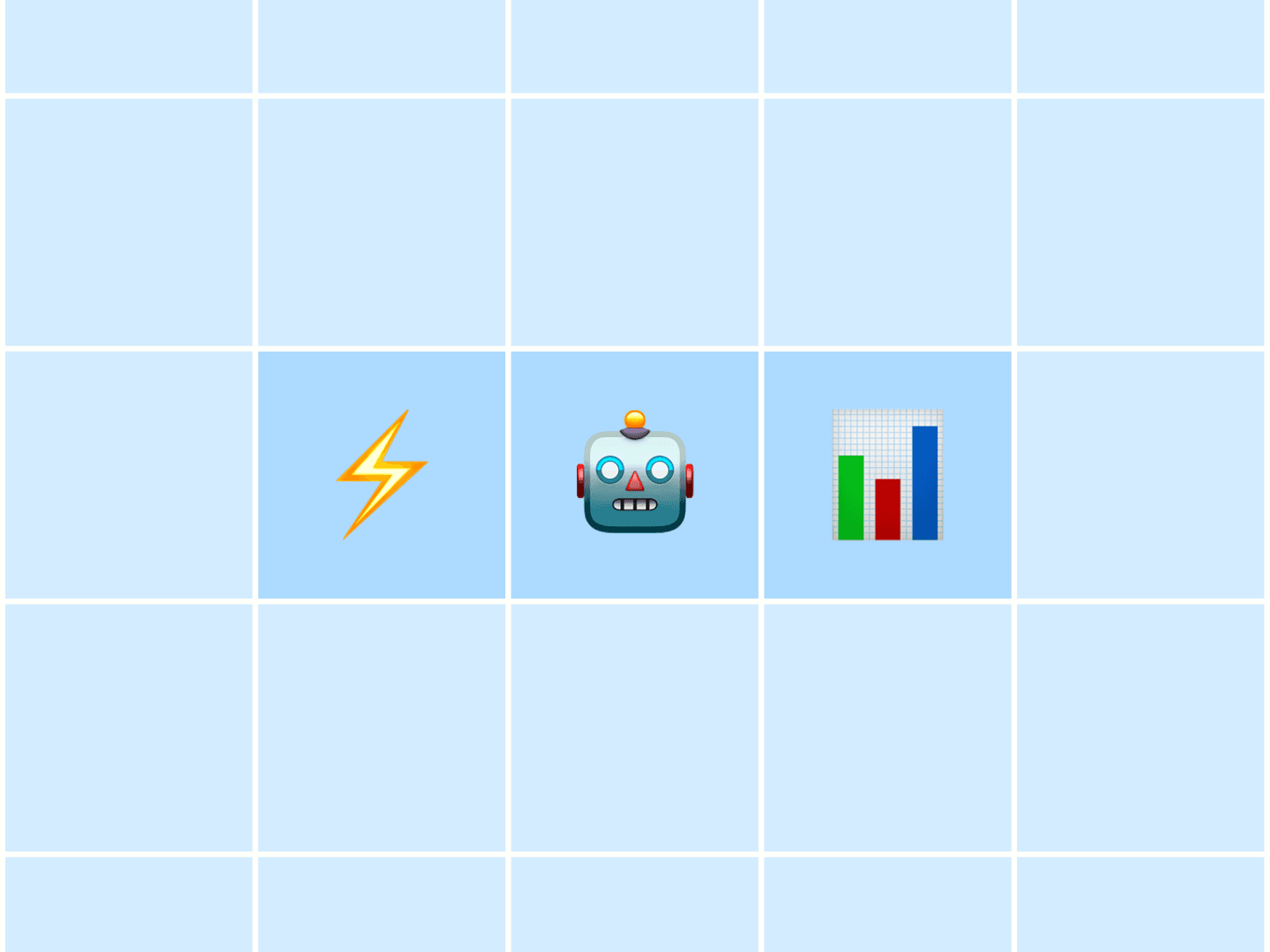I have a lot of stuff.
That’s not really meant to be a brag—far from it. More just a statement of fact.
Amazon deliveries arrive all the time. Knickknacks and little gifts and random tchotzkes take over spaces. I can’t stop buying art. And plants. And why do I have so many nail polishes? It’s one of life’s mysteries.
You probably have a lot of stuff, too. When did life start to feel so overstuffed?
When I discovered The Minimalists recently via an interview in Slate about their new book, their philosophy immediately struck a chord with me.
I especially liked that the movement that changed their lives began as such a tiny change. Here’s how Joshua Fields Millburn explains it:
“I started small, asked myself: What if you removed one material possession—just one—from your life each day for a month? What would happen?”

In the past, I would have read this article and thought, “That’s really cool; I should do something like that” and moved on with my life. Maybe I would have packed up a few things.
But ever since I started working for a startup that actively encourages self-improvement, I’ve grown into a different pattern—one of actively seeking goals to meet and ways to challenge myself.
So instead, I thought, “Oooh, I‘m gonna do that!”
One month later, I’m two giant garbage bags and one heavy box of my possessions lighter.

What did I get rid of?
A little bit of everything. No room in my house was spared my executioner’s eye.
In the kitchen: that olive oil dispenser, those cookbooks. In the bathroom: hand towels, the gifted lotion I’ve never opened. In the office: A computer stand, that lamp that doesn’t work. The inherited wreath, which adorned our front door when we bought this house.
My closet got hit hard—necklaces! sweaters! shoes! So did my desk, where multiple creative projects on a long hiatus finally got shut down for good. Candles went. Fancy cocktail-making tools went. Picture frames went.
The main categories of stuff I shed seemed to be:
Things I didn’t use or need
The most obvious category, like clothes I no longer wore or kitchen utensils I didn’t use. (Why was this stuff even in my house?)
Gifts or hand-me-downs
I was afraid to get rid of lots of these for sentimental or guilt-type reasons.
I can still love my friends and family just as much without possessing all the things they’ve ever bestowed on me, yes? Yes.
In fact, after years of totally excessive holiday gift-giving, my family recently decided to focus on donating to our favorite non-profits and charities instead. It’s been a great way to keep from falling into this trap.
Things that were decorative but not meaningful
My home is not sparse by any stretch of the imagination—my design aesthetic is basically “all the color and weird stuff I can fit into a space.”
But if it’s in my space, I want to it be a meaningful—like the weird old chair I picked up at my favorite store in Brooklyn, the painting I bought on the street in South Africa, the vintage dress that belonged to my grandmother.
A lot of the stuff hanging around my space was just…there. It wasn’t meaningful or useful. Preparing to get rid of these type things didn’t give me any sort of feeling at all, which let me know they were probably good choices to go.
Stuff I thought I might still use one day
…but hadn’t in a loooong while. This one felt the toughest to me. It wasn’t just that I worried I might need the stuff one day.
It was more like letting go of some future version of myself. The me who actually makes all the recipes in that great vegetarian cookbook and who crafts something new and beautiful out of that collection of thrift store frames like I had planned to.
The me who figures out what to do with these tiny birdhouses.

It feels like a small failure to give up on this future self—the person you could be, the things you might have done and meant to do.
But failure is inevitable, and humbling, and useful.
Priorities change. Maybe cleaning out the detritus of who you thought you might have been is what clears the path for what you’ll truly become.
And if I ever have an epiphany about what to do with the birdhouses (not likely), I can always get more.
Making room for more life
In the end, way more than 30 items exited my life (everything went to Goodwill, by the way). And I haven’t missed a single one yet. All the meaningless, clutter-inducing items I had been hanging onto out of inertia, or guilt, or some idea of my better future self, can now go to someone who can use and appreciate them now.
I’m still far from a minimalist—I could probably do this challenge again 10 times over and still have stuff to spare.
But I do feel a bit lighter. Really looking at everything I’m surrounded by and considering each item has given me a new perspective I want to keep.
And there’s a little extra room in my life for my next challenge.
This post originally appeared on Medium.
Try Buffer for free
190,000+ creators, small businesses, and marketers use Buffer to grow their audiences every month.



